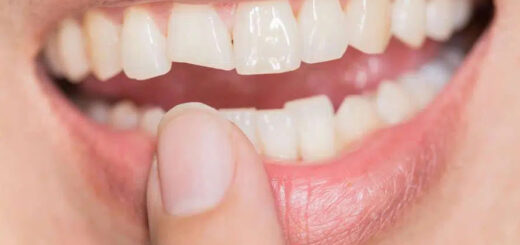How Our Ears Speak: Understanding Auditory Obstructions
From the faintest rustle of leaves on a breezy day to the roaring applause in a packed theater, our ears help us navigate and interpret the world around us. They’re our sensory gatekeepers for sound, but what happens when obstructions get in the way? Just as a gate can jam or a door can stick, our ears can encounter barriers that influence their ability to function optimally. Let’s delve into the realm of auditory obstructions, understand their nature, and learn how to address them effectively.
The Path of Sound: Where it All Begins
When sound waves enter our ears, they traverse an intricate pathway before being interpreted by our brains. This journey begins at the outer ear, proceeds to the middle ear, and culminates in the inner ear. But it’s in these passages that obstructions can occur. Some of these obstructions may need medical intervention or devices for correction. Speaking of interventions, a notable solution for many facing auditory challenges is hearing aids Melbourne, which caters to diverse hearing needs and provides clarity in a world full of sound.
Common Auditory Obstructions: A Closer Look
- Earwax Buildup
- We often overlook the significance of earwax. It acts as a protective barrier, trapping dust and foreign particles. However, excessive accumulation can muffle sounds, leading to temporary hearing loss.
- Fluid Retention
- Whether due to allergies, colds, or infections, fluid buildup in the middle ear can obstruct sound waves. This is particularly common in children and can lead to what’s known as “glue ear”.
- Ear Infections
- Inflammations or infections in the ear can not only be painful but can also impede hearing. Swelling and fluid can dampen or distort incoming sounds.
- Otosclerosis
- This is a condition where the bones in the middle ear grow abnormally. These changes can block sound from reaching the inner ear.
- Foreign Objects
- Children, in their curiosity, might insert small objects into their ears. This can cause immediate blockage and potential harm.
Solutions and Interventions
- Earwax Removal
- Over-the-counter ear drops can soften wax, making it easier to remove. However, it’s always advisable to seek professional assistance for complete and safe earwax removal.
- Medications and Surgery
- For issues like otosclerosis or chronic ear infections, medical interventions ranging from antibiotics to surgical procedures might be necessary.
- Hearing Devices
- When obstructions lead to long-term hearing impairment, hearing aids become a valuable tool to amplify sound and improve auditory perception.
- Regular Ear Check-ups
- Preventive measures are often the best. Regular ear examinations can detect obstructions early, making interventions more effective.
The Link Between Obstructions and Overall Hearing Health
Auditory obstructions don’t just block sound; they can have longer-term implications on our hearing health:
- Temporary vs. Permanent Hearing Loss
- While some obstructions like earwax buildup or fluid retention lead to temporary hearing loss, untreated issues or repeated infections can result in permanent damage.
- Tinnitus
- Blockages, especially those related to loud noise exposure, can result in tinnitus – a persistent ringing or buzzing in the ears.
- Balance and Spatial Orientation
- Our ears also play a pivotal role in balance. Inner ear obstructions or infections can lead to dizziness or vertigo.
Embracing a Proactive Stance
- Volume Moderation
- Protect your ears from potential damage by keeping music and other audio sources at safe volumes, especially when using headphones.
- Ear Protection
- In noisy environments, such as concerts, factories, or construction sites, wear earplugs or noise-canceling headphones.
- Stay Informed
- Understanding potential risks and being aware of symptoms allows for early detection and treatment.
Our ears do more than just let us hear; they connect us to our surroundings, facilitate communication, and even play a role in our emotional experiences. Recognizing the signs of auditory obstructions and understanding the available interventions is vital for anyone wishing to maintain optimal ear health. As we continue to navigate the symphony of life, let’s ensure that our ears remain clear and ready to capture every note. Here’s to a world filled with clear sounds and even clearer ears!




